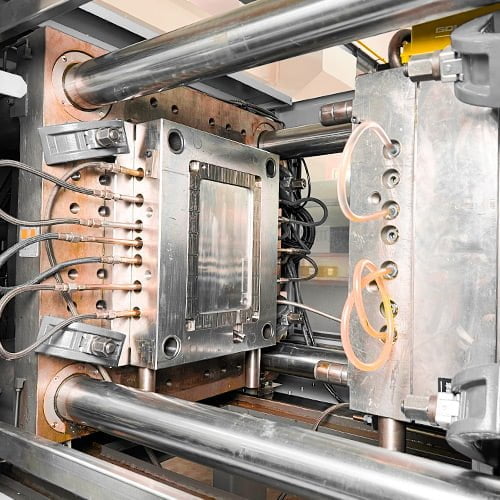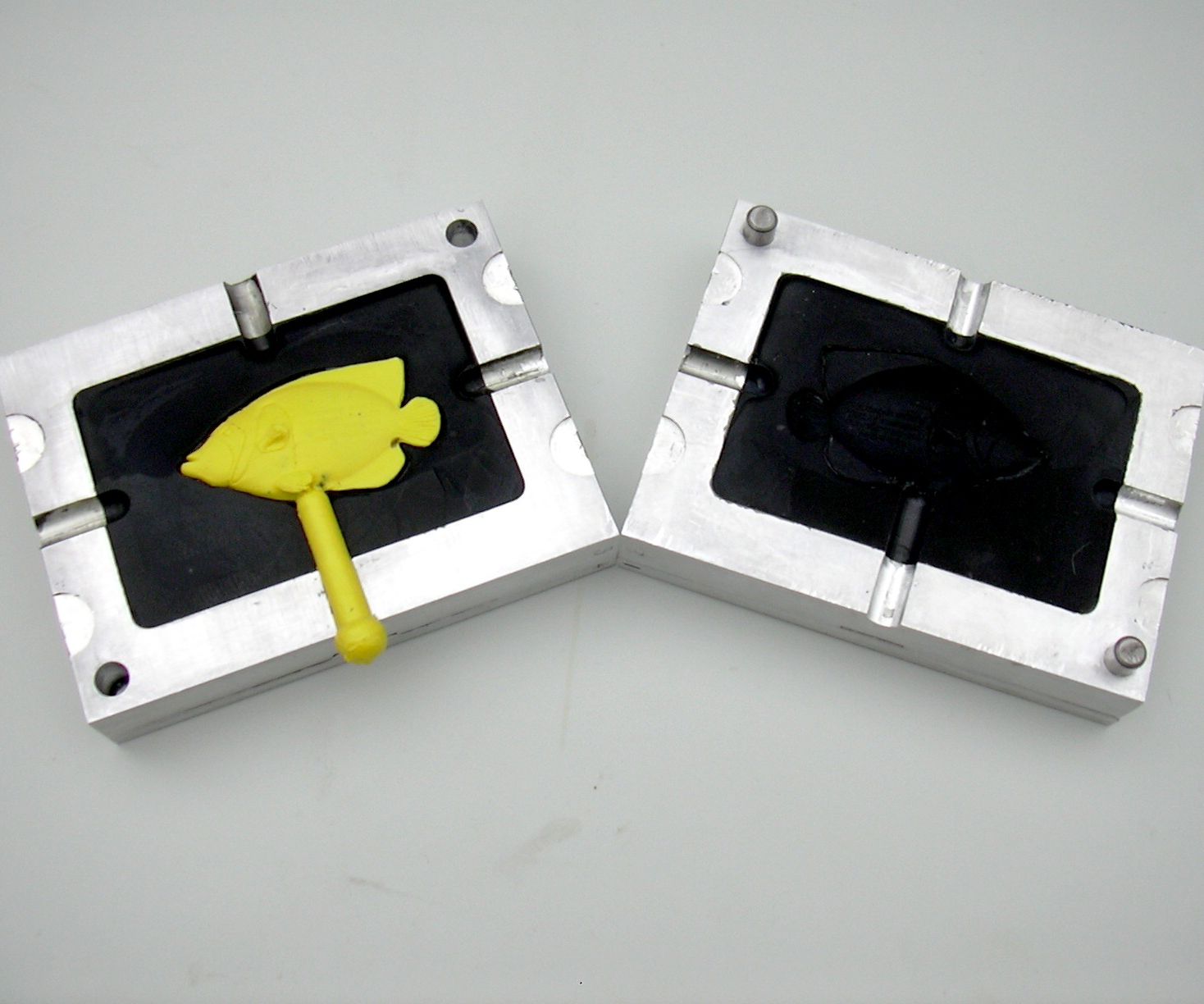Recognizing the Basics of Plastic Injection Molding Procedures
Plastic shot molding functions as a cornerstone of modern-day production, giving a methodical strategy to producing complex elements with precision. This process not only includes the fundamental actions of melting and infusing products right into molds but likewise includes a nuanced understanding of various influencing aspects, such as temperature level and stress. As industries increasingly require efficiency and high quality, the ins and outs of this method end up being a lot more essential. Discovering these necessary components can disclose just how even small adjustments can result in significant improvements in manufacturing outcomes, questioning about the potential for development in this recognized process.
What Is Plastic Shot Molding?
Plastic injection molding is a commonly utilized production process that changes thermosetting and polycarbonate materials right into precise and complicated shapes. This strategy is preferred for its ability to create high quantities of the same parts with exceptional precision, making it an important method in different sectors, consisting of automobile, consumer goods, and medical tools.
The procedure entails thawing the picked plastic product and infusing it into a mold under high stress. The mold and mildew, made to the specs of the wanted component, allows the molten plastic to take form as it solidifies and cools down. Once the material has solidified, the mold and mildew is opened up, and the completed element is expelled.
Plastic shot molding provides a number of advantages, consisting of decreased waste, consistency in production, and the capacity to include intricate styles that may be challenging with other making approaches. In addition, it sustains a wide array of materials, each offering special residential or commercial properties that can be tailored for specific applications. As industries remain to innovate, plastic shot molding stays at the center, making it possible for the growth of innovative products that fulfill advancing customer needs.
The Shot Molding Refine
The shot molding process is an advanced strategy that includes a number of essential phases to generate top quality plastic parts. Originally, plastic pellets are fed right into a warmed barrel where they are thawed into a viscous liquid. This molten plastic is after that infused under high pressure into a precision-engineered mold, which forms the material into the wanted kind.
When the mold is filled, the plastic is allowed to strengthen and cool down, taking the shape of the mold cavity. Cooling time is crucial, as it influences the cycle time and the last residential properties of the shaped component. After sufficient air conditioning, the mold opens up, and the completed component is expelled utilizing ejector pins.

Products Made Use Of in Shot Molding
Different materials can be utilized in the injection molding process, each offering distinct residential properties that provide to specific applications. The most commonly used products consist of thermoplastics, thermosetting plastics, and elastomers.

Thermosetting plastics, like epoxy go to the website and phenolic resins, undertake a chemical modification throughout the curing process, causing a stiff, stringent framework. These materials are suitable for applications needing high warmth resistance and structural honesty, frequently made use of in automotive components and electric insulators.
Elastomers, including silicone and rubber-based materials, supply flexibility and durability. Their one-of-a-kind residential or commercial properties make them suitable for applications that demand flexibility, such as gaskets and seals.
Additionally, specialized materials like bio-based plastics and compounds are acquiring traction for their environmental advantages and enhanced performance qualities, expanding the extent of shot molding applications in numerous sectors. Comprehending the residential properties of these products is crucial for selecting the appropriate type for particular jobs.
Benefits of Injection Molding
Injection molding sticks out as a very reliable manufacturing procedure that uses countless advantages for creating complicated parts with accuracy. One of one of the most significant advantages is the ability to create elaborate styles that would be challenging or impossible to achieve with various other techniques (Plastic Injection Molding). The procedure allows for in-depth functions and limited tolerances, making certain high-quality components
In addition, shot molding is known for its fast manufacturing abilities, making it an ideal option for high-volume production. As soon as the mold is developed, parts can be created rapidly, reducing lead times and enhancing overall productivity. This performance not just lowers production prices however likewise supplies an one-upmanship on the market.
The convenience of materials utilized in injection molding additionally boosts its charm. A variety of thermoplastics and thermosetting polymers can be used, enabling suppliers to select materials that finest satisfy their details requirements, consisting of warm, adaptability, and stamina resistance.
Moreover, the process minimizes waste, as excess material can usually be reused and reused. This sustainability facet contributes to a minimized ecological effect, making shot molding a responsible manufacturing option. On the whole, the advantages of shot molding make it a recommended method for numerous sectors.
Elements Impacting Item Top Quality
While numerous aspects can affect item top quality in injection molding, comprehending these components is critical for achieving optimal outcomes. Secret facets consist of product choice, refining criteria, and mold and mildew design.
Material choice plays a crucial function, as different polymers display special homes that impact flowability, toughness, and thermal security. Poor product option can bring about defects such as bending or insufficient dental filling.
Processing parameters, including temperature, stress, and cycle time, should be thoroughly controlled. Variants in these setups can cause inconsistencies partly measurements and surface area finish. As an example, exceedingly high temperatures may create deterioration of the polymer, while poor stress can lead to short shots.
Mold design is just as vital, as it establishes the circulation of the molten plastic and the cooling process. Inadequately created mold and mildews may cause uneven air conditioning prices, resulting in residual tensions and dimensional inaccuracies.

Conclusion
Finally, plastic injection molding acts as a critical manufacturing process that enables the efficient production of top quality components. Mastery of the injection molding process, consisting of the understanding of products and the impact of numerous factors on product high quality, is important for attaining optimal results. The advantages of this method, such as cost-effectiveness and layout flexibility, further emphasize its importance across numerous markets, strengthening its status as a favored choice for high-volume production.
Plastic injection molding offers as a cornerstone of modern manufacturing, supplying a systematic approach to creating complex parts with precision.Plastic shot molding supplies a number of advantages, consisting of reduced waste, her response consistency in production, and the capacity to include complex layouts that may be challenging with other producing methods (Plastic Injection Molding). As sectors continue to introduce, visit plastic shot molding continues to be at the forefront, making it possible for the development of advanced items that meet progressing consumer demands
The shot molding process is an innovative method that involves several crucial stages to create high-quality plastic components.In verdict, plastic injection molding offers as a crucial production process that makes it possible for the effective manufacturing of premium elements.